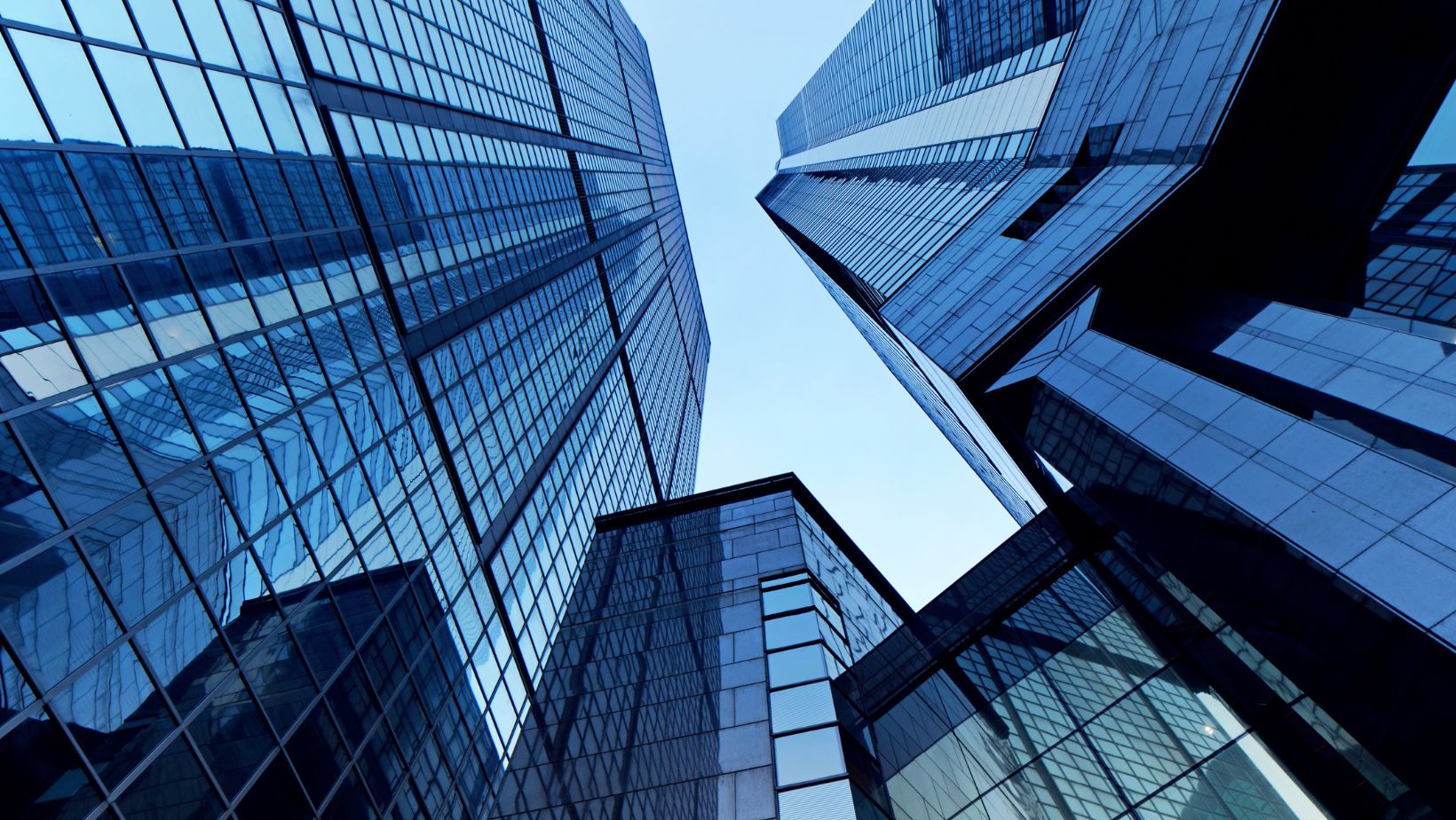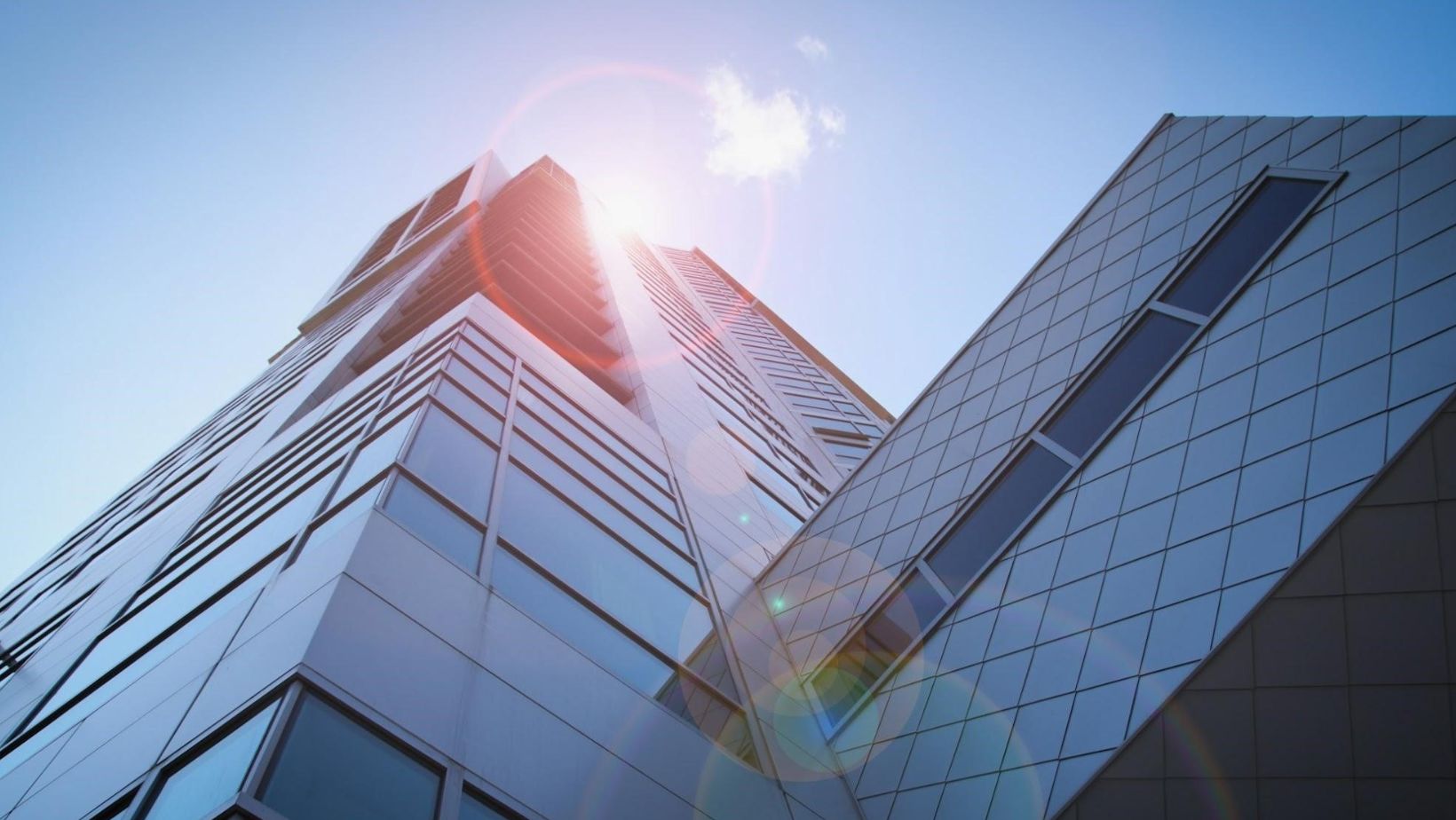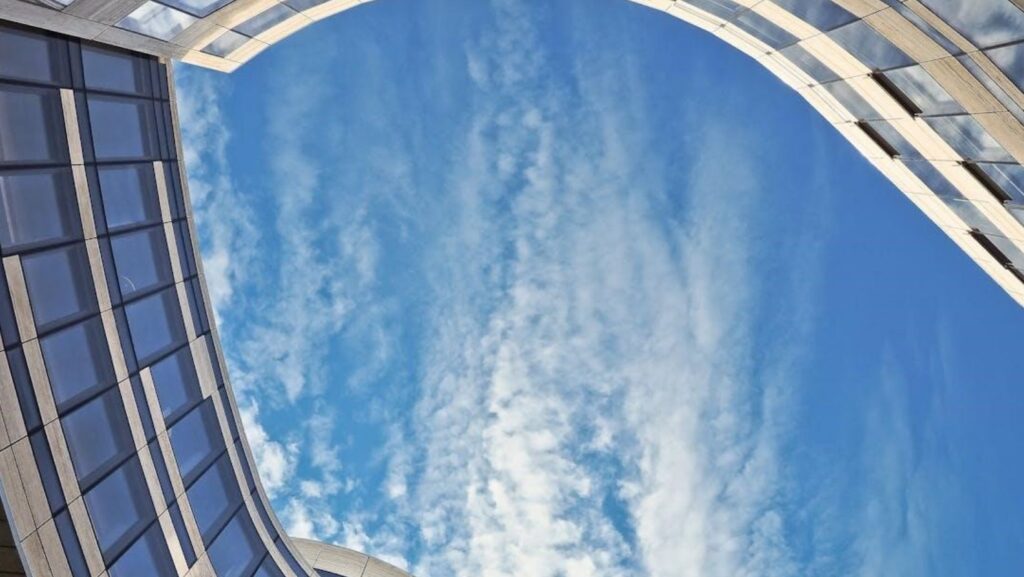A well-maintained commercial building reflects professionalism, ensures the safety of employees and customers, and maintains property value. Over time, wear and tear can impact both the functionality and aesthetics of the structure. Recognizing the signs that your commercial property needs an upgrade can prevent costly repairs, improve efficiency, and enhance business operations.
Whether the issue is outdated infrastructure, increasing energy costs, or declining tenant satisfaction, delaying necessary upgrades can lead to financial and operational setbacks. Addressing these concerns early ensures that your commercial building remains competitive, safe, and visually appealing.
Rising Maintenance and Repair Costs
One of the clearest signs that a commercial building needs an upgrade is the increasing frequency and cost of repairs. As structures age, essential systems such as HVAC, plumbing, and electrical wiring can become inefficient or prone to failure.
If maintenance costs are rising steadily due to constant fixes, it may be more cost-effective to invest in a building-wide upgrade. Frequent leaks, faulty electrical systems, and ongoing heating or cooling problems indicate that aging infrastructure is struggling to keep up with modern demands. Upgrading these systems reduces repair expenses and improves energy efficiency, resulting in long-term savings.
Investing in durable materials, smart technology, and modern construction techniques minimizes future maintenance needs and ensures the property remains in top condition for years to come.
Outdated or Inefficient Roofing Systems
A building’s roof is one of its most critical components, providing protection against the elements while contributing to energy efficiency. If a roof is nearing the end of its lifespan, showing visible signs of deterioration, or requiring frequent patchwork repairs, it may be time for a full upgrade. With industrial roofing solutions, businesses can benefit from advanced materials that enhance insulation, weather resistance, and longevity. High-performance roofing systems reduce heat absorption, lower energy bills, and prevent leaks that could cause interior damage. Addressing roofing concerns before they become major issues helps maintain the structural integrity of the entire building.
Commercial roofing upgrades, such as cool roofs or green roofing systems, contribute to sustainability efforts by reducing environmental impact. Investing in a durable and energy-efficient roof provides long-term benefits for both the building owner and occupants.
Declining Tenant or Employee Satisfaction
A commercial building should provide a comfortable and functional space for tenants, employees, and customers. When complaints about the facility become more frequent, it may be a sign that the building is no longer meeting modern expectations.
Issues such as poor indoor air quality, inadequate lighting, outdated restrooms, or malfunctioning elevators can lead to dissatisfaction among occupants. If tenants are leaving for newer buildings or employees express discomfort in the workspace, upgrading the property can improve retention and productivity.

Simple improvements, such as upgrading HVAC systems for better air circulation, installing energy-efficient lighting, and modernizing common areas, can make a significant difference. Investing in upgrades that enhance comfort and usability helps attract and retain tenants while maintaining the property’s marketability.
Increasing Energy Bills and Inefficiency
Older commercial buildings tend to be less energy-efficient, resulting in higher utility costs. Outdated windows, poor insulation, inefficient lighting, and aging HVAC systems contribute to excessive energy consumption. If energy bills have been steadily increasing without a clear explanation, upgrading to energy-efficient systems can lead to substantial cost savings.
Installing smart thermostats, motion-sensor lighting, and high-performance insulation reduces energy waste while improving building performance. Window replacements with double or triple-pane glass enhance temperature control, reducing the strain on heating and cooling systems.
Sustainable building upgrades lower operational costs and align with modern environmental regulations and corporate responsibility initiatives. Green certifications, such as LEED (Leadership in Energy and Environmental Design), enhance the building’s reputation and appeal to eco-conscious tenants.
Poor Curb Appeal and Dated Aesthetics
A commercial building’s exterior is the first impression it makes on potential tenants, clients, and customers. If the property looks outdated, neglected, or uninviting, it may be time for a visual upgrade. Faded paint, worn-out signage, and deteriorating facades can give the impression of a declining business.
Upgrading the exterior with fresh paint, modern materials, and updated signage improves curb appeal and creates a more professional and welcoming image. Landscaping enhancements, such as well-maintained green spaces, improved walkways, and attractive entryways, further boost the building’s aesthetic.
Investing in a visually appealing property attracts tenants and increases the building’s value. Modernizing exterior features ensures that the property remains competitive in the market and aligns with evolving architectural trends.
Non-compliance with Safety and Building Codes
Building codes and safety regulations change over time to accommodate new standards and technologies. If a commercial building no longer complies with updated codes, it could pose a risk to occupants and result in costly fines. Fire safety, accessibility standards, and structural integrity requirements must be met to maintain compliance.
Property owners can benefit from the guidance of experienced commercial real estate lawyers. They help navigate evolving building codes, zoning regulations, and compliance requirements, reducing the risk of costly disputes or penalties while ensuring long-term stability for the property.
Regular inspections help identify areas where upgrades are necessary to meet current regulations. Installing modern fire suppression systems, upgrading accessibility features for individuals with disabilities, and reinforcing structural components ensure that the building remains legally compliant and safe for everyone.

Investing in upgrades enhances safety, reduces long-term expenses, and attracts tenants looking for modern and well-maintained spaces. Addressing these concerns proactively ensures that the building remains an asset rather than a liability, contributing to long-term business success.
